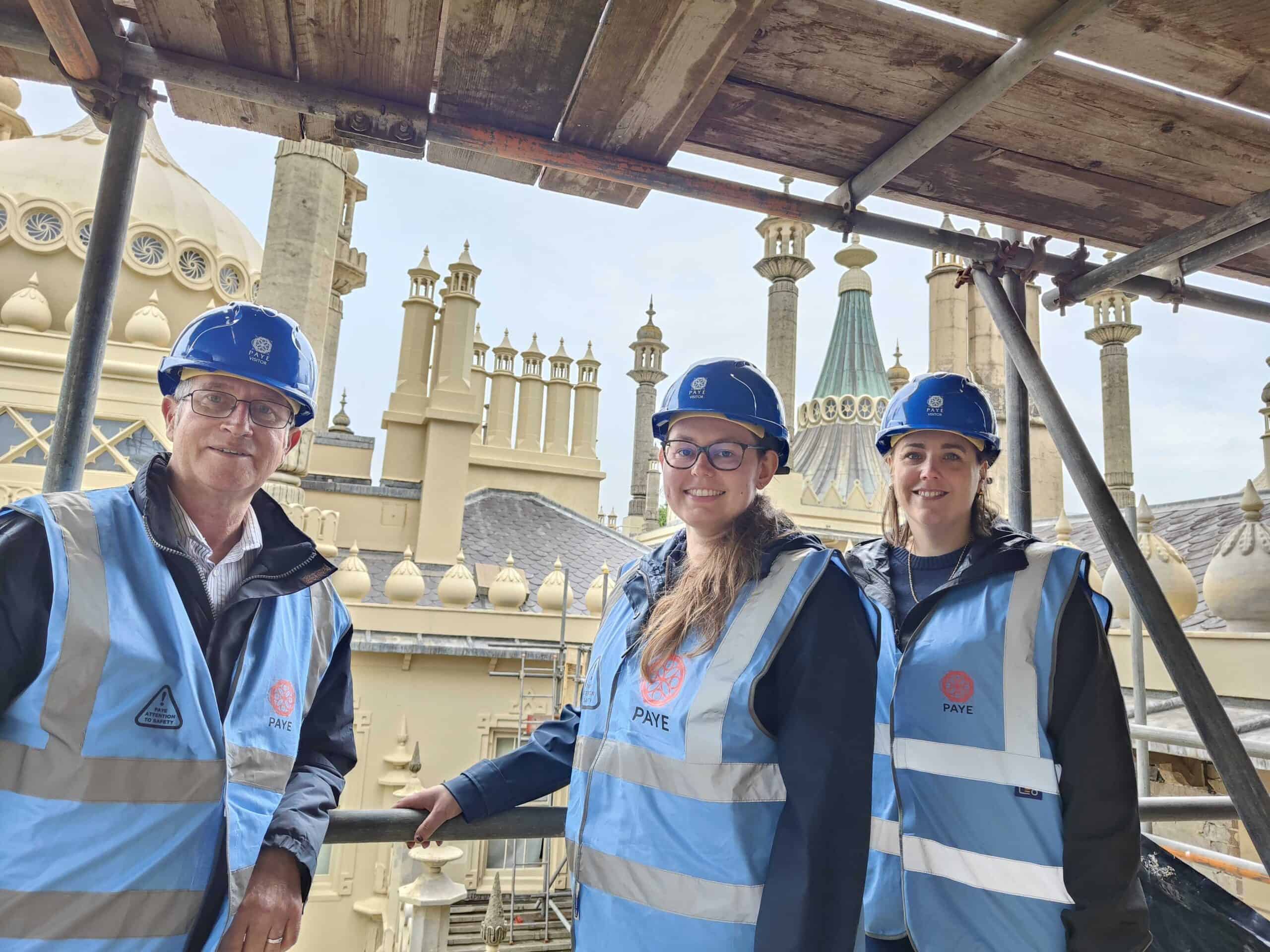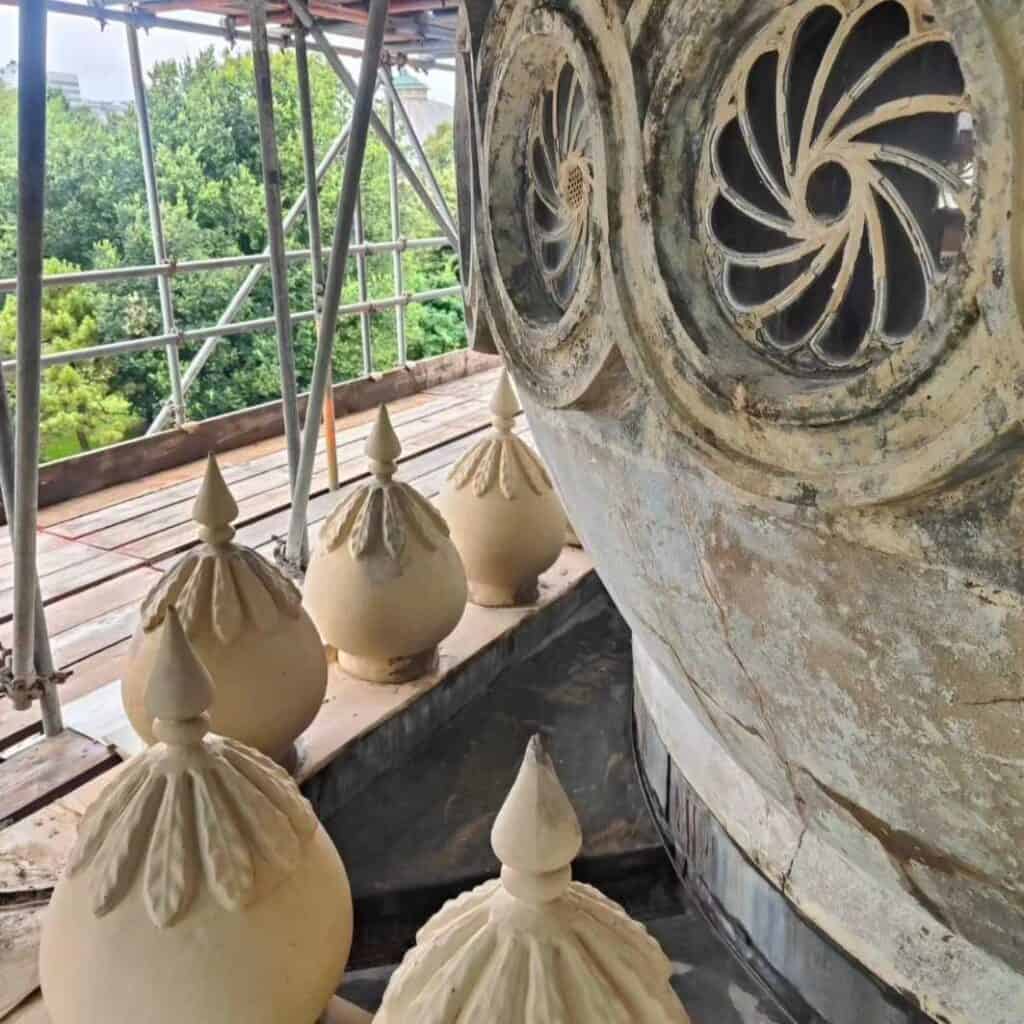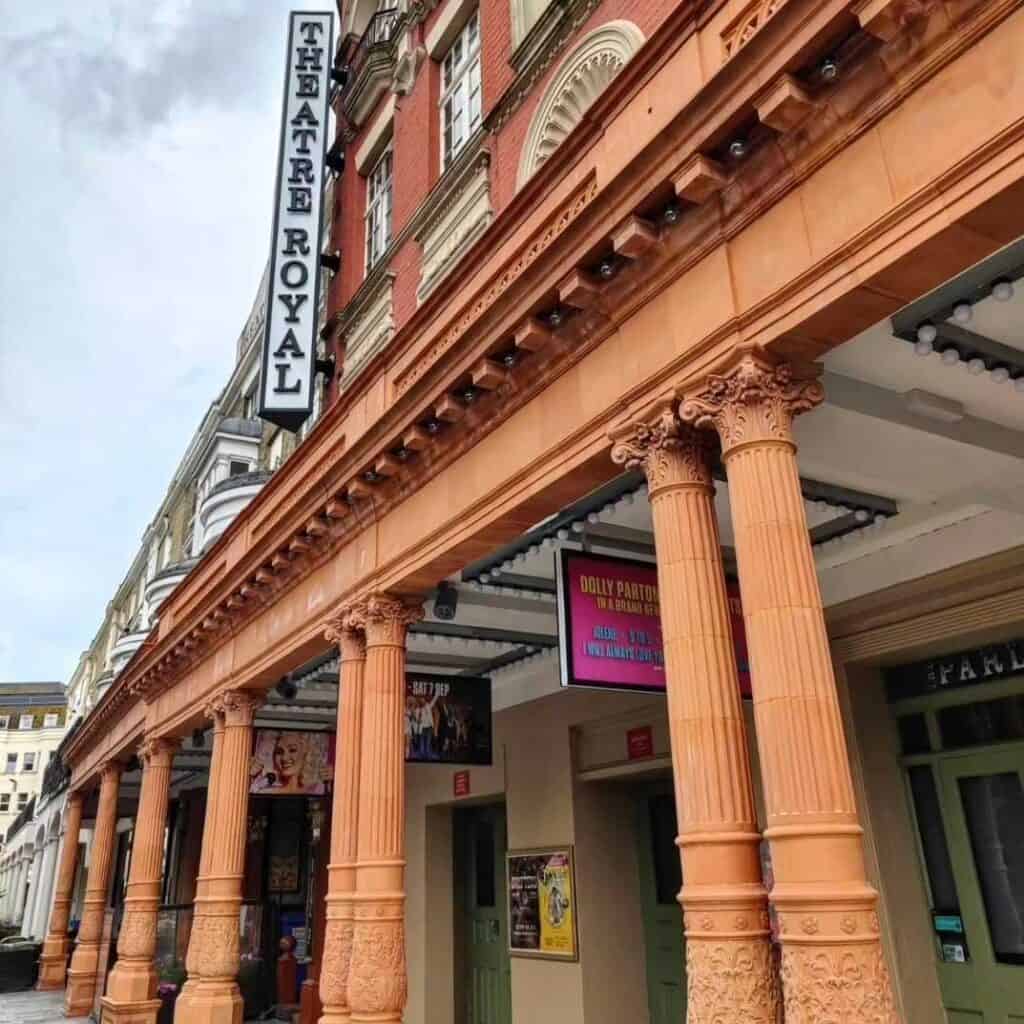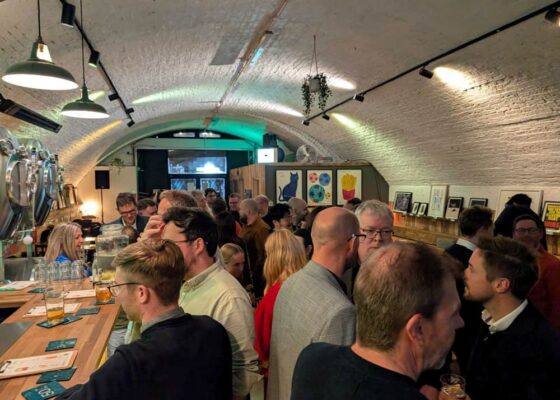Royally Good Fun: Exploring Brighton Pavilion with Paye Stonework

L-R: L E P’s John Minter, Natasha Paul, and Charlotte Pryke
L E P’s heritage team had an incredible day out on Friday, with a behind-the-scenes tour of the magnificent Brighton Pavilion, courtesy of specialist stonework contractor, Paye Stonework.
The Royal Pavilion, often referred to simply as the Brighton Pavilion, is a former royal residence located in the heart of Brighton. Originally built in three stages starting in 1787, it was transformed into the remarkable palace we see today by the architect John Nash between 1815 and 1823. Over the years, the Pavilion has served various purposes, evolving with the needs of the time. It began as a seaside retreat for George, Prince of Wales, who later became King George IV. The lavish interior, designed by Frederick Crace and Robert Jones, reflects George IV’s tastes for opulence and grandeur, featuring stunning chinoiserie decor and luxurious furnishings.
Today, the Brighton Pavilion stands as a symbol of Brighton’s rich cultural heritage. Its minarets, domes, and intricate details make it a unique landmark and a testament to the creativity and vision of its designers.
Paye Stonework has been undertaking a comprehensive programme of high-level masonry repairs, stonework replacements and cleaning to help preserve the structure for generations to come. L E P’s John Minter, Natasha Paul and Charlotte Pryke were delighted to accept Paye’s invitation to attend the site and observe their ongoing works, taking it as an opportunity to gain increased insight into the processes and practices surrounding such delicate works.

L E P Heritage architect, Charlotte Pryke said:
“Our tour provided an amazing opportunity to see this magnificent building up-close, offering a unique perspective on its exterior features and the craftsmanship involved in its construction and preservation. We were particularly impressed by the intricate plasterwork and stonework, and the meticulous efforts that go into maintaining and restoring this historical treasure. This experience not only deepened our appreciation for the Pavilion but also reinforced the importance of preserving our cultural landmarks for future generations.”
Additionally, the team stopped by a recently completed project at the Theatre Royal, Brighton, where Paye Stonework installed a beautifully decorated replacement terracotta colonnade and balcony – the attention to detail being truly remarkable.

L E P is very grateful to Paye Stonework for the opportunity to visit these wonderful sites. The work they do to preserve such an important piece of our heritage is truly commendable.



